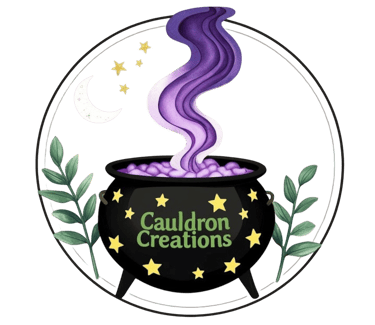Our Winter-Yule Products are available!! Check out the packages for gifts for yourself or other loved ones!
Herb of the Week: Wild Betel
Let's learn a little about Wild Betel!
10/14/20252 min read
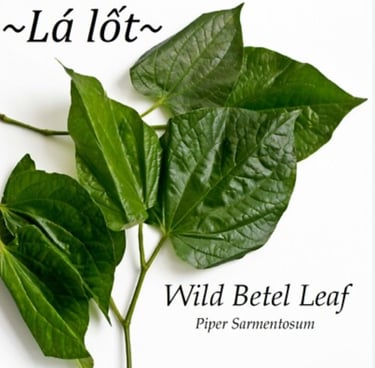

Wild Betel (Latin name is Piper sarmentosum) is a creeping perennial from Southeast Asia where they use it in their cuisines as well as for its medicinal qualities. As you can see from one of the photos above, it is also known as "Lá lôt" (the "o" is supposed to have another accent but I can't figure out how to do two accents on a letter, lol). This is sometimes mislabeled as betel leaf (Latin name is Piper betel) so know the differences. So, here we have a picture of both of them, side-by-side for comparison because Wild Betel is used normally while Betel Leaf is used in a practice with other ingredients called "betel quid" which brings out its psychoactive constituents:
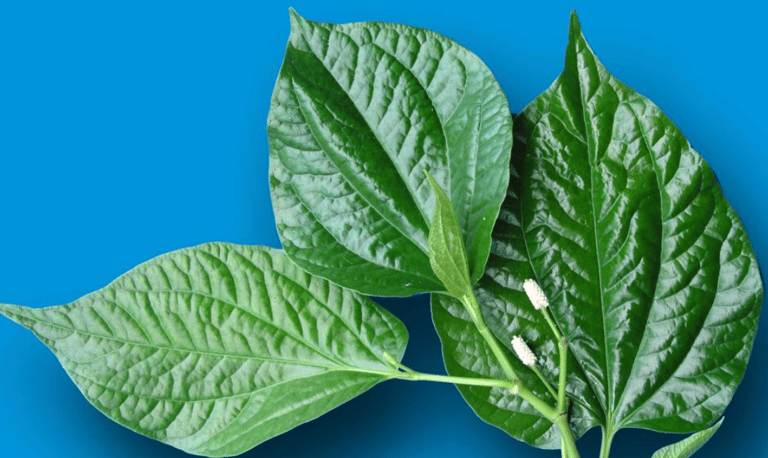

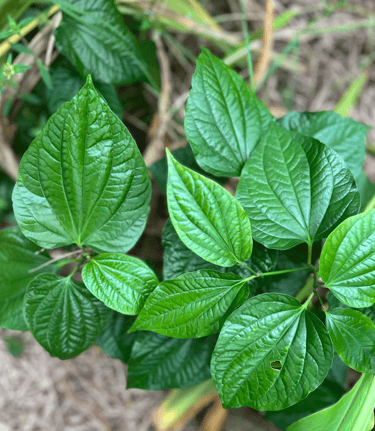

Wild Betel (Piper sarmentosum)
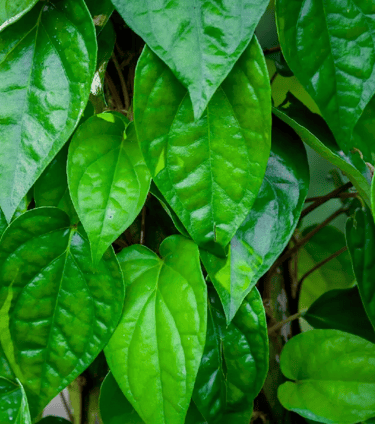

Betel Leaf (Piper betel)
Notice the crinkly veins on the Wild Betel. It also has glossier sheen than its cousin. It has a mild, peppery flavor.
Notice the lack of the crinkly veins on Betel Leaf. The leaves are larger, thicker, and have a more leathery appearance. It's flavor is supposed to be very intense.
So, besides cooking with it, what else is Wild Betel useful for? These leaves are high in antioxidants and anti-inflammatory benefits. It helps support a healthy digestive system and chewing the leaves have shown to improve oral health as well. But, the most it is used for is respiratory health and have been traditionally used to relieve chest congestion and ease coughs and sore throats. There is also some limited information that, due to its strong antioxidant and anti-inflammatory constituents, it could be helpful to improve blood sugar and heart health.
As for its magical benefits, I couldn't find anything about this plant in any witchcraft references. So, since it is a pepper plant (hence the latin "piper" in the name), I would venture to use this in the same witchy way you would use pepper (including spicy peppers).
I hope you enjoyed learning something about an herb that tends to thrive in the Southeast Asian countries - I think there are a lot of herbs that they use there as well as in other parts of the world, that we have yet to learn about and incorporate. We are no longer bound by our local boundaries so I find it fun to learn about remedies used by other cultures.
